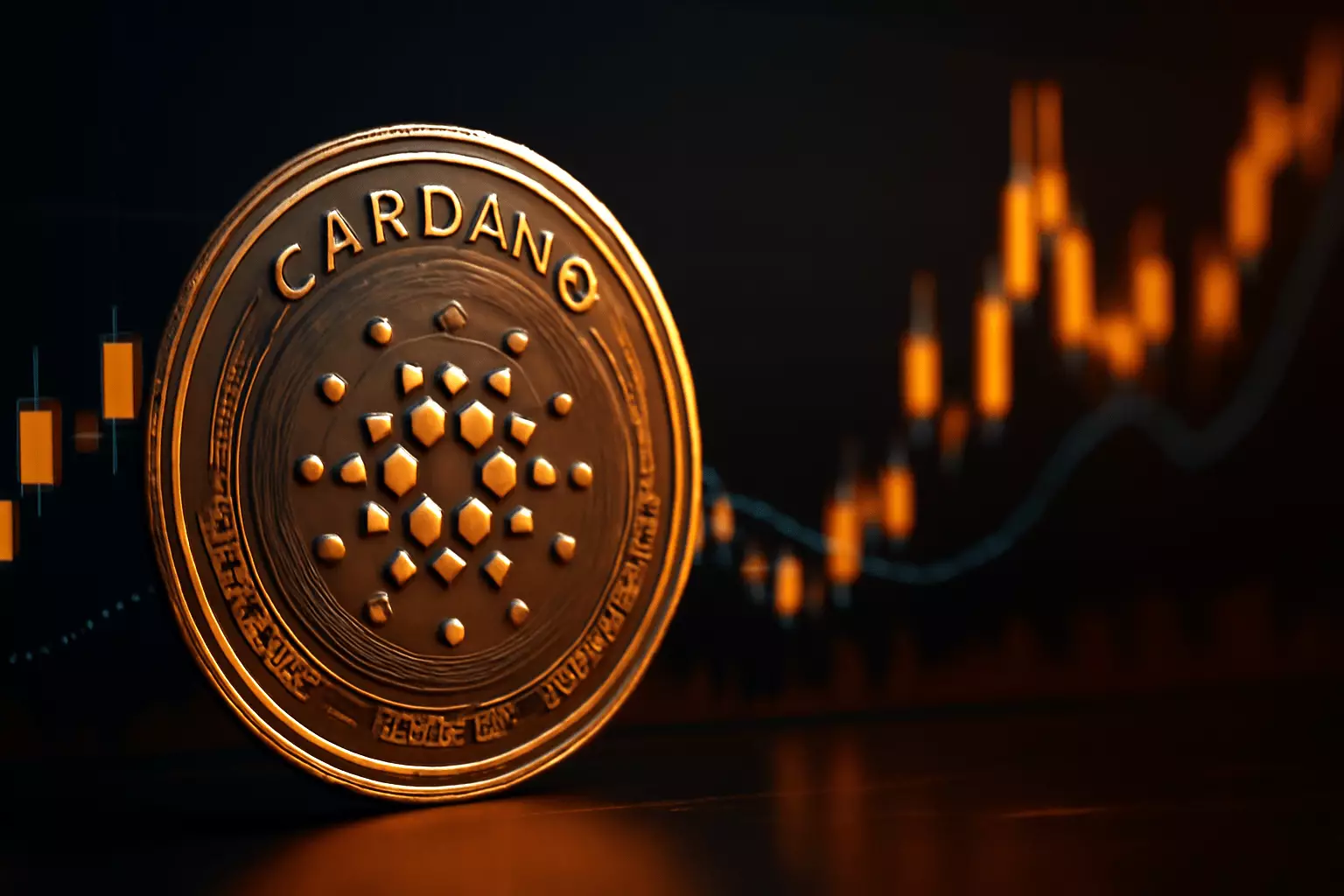In a financial landscape increasingly dominated by volatility and rapid technological change, the potential for Cardano’s ADA to grow exponentially cannot be dismissed easily. While some may brace themselves for disappointment, a growing segment of believers, including Cardano staking pool operator Sssebi, argue that the stars may finally be aligning for ADA to surpass the $10 mark by 2025. The implications such a monumental leap would have—not just for investors but for the entire cryptocurrency ecosystem—deserve a thoughtful examination.
The Ingredients for Success: What Lies Ahead?
Sssebi’s bold declaration does not stem from mere speculation; it is based on five critical developments that could act as catalysts for ADA’s price surge. First and foremost is the integration of Bitcoin liquidity onto Cardano’s programmable ledger through new innovations like BitVM. This move could establish Cardano as a primary settlement layer for BTCFi applications, opening the floodgates to a realm of previously untapped financial assets. What sets this integration apart is Cardano’s commitment to doing so without relying on wrapped custodial tokens, which often come fraught with numerous risks.
Charles Hoskinson, Cardano’s founder, has also hinted at transformative changes with the introduction of his privacy-focused sidechain, Midnight. With an airdrop scheme poised to distribute governance and privacy tokens to over 37 million wallets, it could revolutionize user engagement in the blockchain space. Such inclusivity has the potential to foster a broader ADA user base, thereby increasing demand for the cryptocurrency itself.
The Broader Market Context: Regulatory Forces at Play
Another crucial ingredient in Cardano’s potential ascent is the looming question of regulation surrounding digital assets. The recent move by NYSE Arca to convert the Grayscale Cardano Trust into a spot ETF signifies a shift in perception among regulatory bodies. Given that ADA is already regarded as having on-chain transparency and robust staking mechanics, a successful ETF approval could legitimize ADA in the eyes of traditional investors who have been hesitant to dive into the cryptocurrency pool. This could provide a stable bridge for conservative investors looking to enjoy yield-bearing opportunities within a regulated environment.
Interestingly, former President Donald Trump’s recent executive order, which identified ADA as a strategic asset alongside Bitcoin and Ether, underscores the rising legitimacy and recognition of Cardano as a significant player. This development is not merely anecdotal; institutional investments, once scarce, could naturally follow such endorsements, sowing seeds for massive growth.
The Competitive Edge: Technological Innovations on the Horizon
One of the most enticing prospects for ADA’s future pricing is the anticipated launch of the Leios upgrade. Hoskinson describes this initiative as a groundbreaking development that could elevate Cardano to unprecedented transaction speeds, boasting “tens of thousands of transactions per second” without compromising decentralization. If integrated successfully in 2025, this could coincide with both the launch of Midnight and the anticipated ETF review window, creating a perfect storm of progressive changes.
This technological leap could not only improve user experience but also attract broader markets, effectively positioning Cardano as a leader in the crypto ecosystem. Particularly in a world where transaction speeds and network reliability are paramount, Cardano’s features will likely make it a go-to choice for developers and large enterprises alike.
The Market Expectations and Price Dynamics
Today, ADA is trading around $0.70, giving it a market capitalization of approximately $25 billion. But a leap to $10 would not only represent a staggering increase but also imply an unparalleled valuation of around $350 billion—placing it in direct competition with Ethereum’s peaks in 2024. Given that market dynamics often work in cycles and react to innovations, the correspondence between Cardano’s developments and investor sentiment could create a powerful feedback loop driving ADA higher.
Amid economic uncertainties and a generally pessimistic view toward traditional markets, digital assets like ADA may start to pivot towards the forefront of investment portfolios—especially given the unique regulatory and technological developments mentioned earlier. When combined with the potential market demand for BTCFi applications, ADA’s future seems richer than ever.
In a market characterized by skepticism, it is easy to lose faith in the promise of cryptocurrencies. Yet, the transformative power unfolding in Cardano seems poised not merely to change the fate of a single token but to redefine our understanding of decentralized finance.

